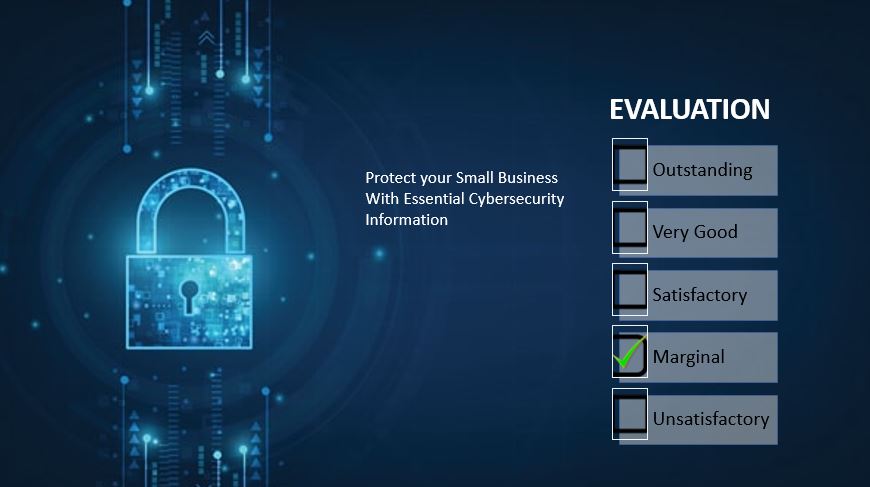So, your company has hit it big with a new group of clients, you’ve lined up all your new hires and are training the next level of managers!
You find that you are doing more IT work, or trying to pawn it off on the ‘tech savvy’ kid that you brought in as an intern this summer.
Things fall through the cracks, and your sales director has started using a non-business Dropbox to send out proposals, the new accounts payable clerk downloaded some malware that luckily got caught by Microsoft Defender, but you know it is only a matter of time before disaster strikes.
Do any of these things remind you of your growing business?
Scaling your IT to match your companies needs is an often overlooked area of investment for the small, growing company.
Once your organization hits the 10 person threshold of complexity, or $5 million in revenue usually, you reach the capacity to manage everything. Delegation is key, and standardization becomes a necessity. It is time to bite the bullet and invest in IT management.
Companies like LMJ Consulting, provide time-sliced value of multiple IT skill sets as well as the tools and frameworks to keep your business secure and growing.
Standardizing and monitoring complexity is key:
- Anti-virus, EDR and SIEM
- Patching and updates
- Standardized Networking equipment (WIFI, Switching and Firewalls)
- Backups and Disaster Recovery
- Server and SaaS solutions
- Standard Desktop/Laptop hardware
- Collaboration tools such as Microsoft M365
- Multifactor Authentication
- Azure AD services
Setting up a support agreement with a managed services (MSP) IT company that can grow with your company is key to your ability to continue your growth trajectory.
When looking for an IT support organization, look for one that of a similar operational maturity level or OML. In a nutshell, Operational Maturity Level (OML) measures a company’s ability to most efficiently and effectively build and execute a high-performing business plan.
- OML 1: Beginning – Low to negative financial performance and inconsistent service quality. They don’t know what they don’t know. Operations are largely trial and error. Little differentiation in the market.
- OML 2: Emerging – Improving financial performance and service quality, and starting to understand the basics of profit levers. Starting to realize what they don’t know. Few controls and little forward planning. Incentive compensation isn’t meaningful and/or is poorly aligned. Poor market differentiation.
- OML 3: Scaling – Median financial performance and service quality. Basic controls. Some forward budget planning, little attainment tracking. Incentive compensation is meaningful in scope but not tied to budget attainment. Beginning to stand out in terms of service quality and unique value.
- OML 4: Optimizing – High financial and service quality performance. Robust controls. Detailed forward budgeting and attainment tracking. Incentive compensation is meaningful in scope and tied to budget attainment. Strong market differentiation: market leader.
- OML 5: Innovating – Highest financial performance and highest value and quality services. The characteristics are similar to OML 4, but they also now extend capabilities to lines of business adjacent to IT. Very strong market differentiation.
Finding a professional MSP organization, with the ability to assist you in your organizations technical decisions by providing both Account Management as well as vCIO services should weigh in on your decision making process when selecting your IT partner.






